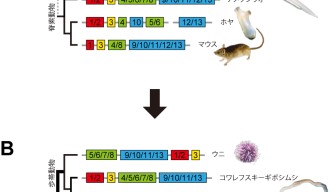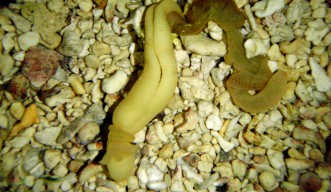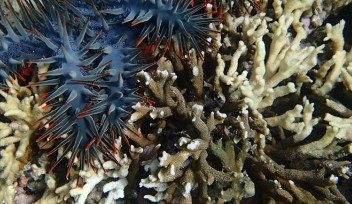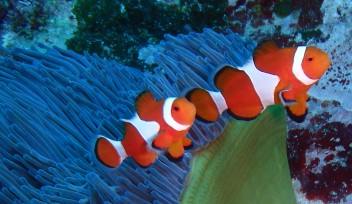Study Provides First Genomic Evidence for Common Deuterostome Ancestor
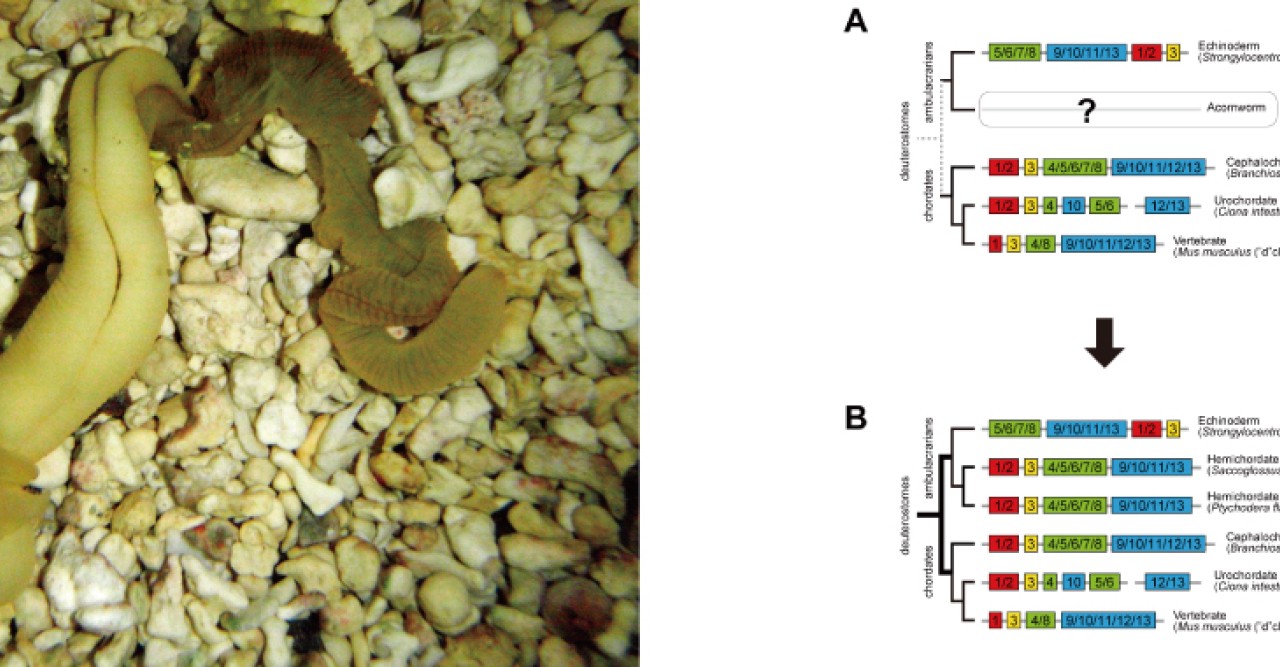
In a paper to be published in the November 6 print issue of Current Biology, Noriyuki Satoh, head of the Marine Genomics Unit at OIST, and researchers at institutions including the University of California, Berkeley and the Harvard Medical School in the USA have reported the first genomic evidence for a common deuterostome ancestor – bringing together a diverse lineage of animals ranging from humans to sea stars.
In the animal kingdom, the bilateria are a major group of species that share the trait of bilateral symmetry: they have front, back, head and tail ends. One exception includes echinoderms, such as sea stars and sand dollars, which possess bilateral symmetry as larva, but near-radial symmetry as adults.
Within bilateria, biologists separate protostomes from deuterostomes. Animals that fall under these names are mainly characterised by their embryonic development: in protostomes the first opening becomes the mouth and in deuterostomes it becomes the anus. Deuterostomes are considered more complex than their protostome relatives and include: chordates, a group under which all vertebrates fall; hemichordates such as the acorn worm, a burrowing marine animal; and echinoderms.
While it has long been hypothesized that chordate, hemichordate and echinoderm animals share a common deuterostome ancestor, no genomic evidence linking them had been found. Genomic similarities had been discovered separately among all chordates and all ambulacrarians -- a group including echinoderms and hemichordates -- but a genomic connection between chordates and hemichordates remained elusive.
To find genomic evidence that links these two groups, the researchers examined the Hox cluster, a group of protein-forming genes that regulates an animal’s segmental development from head to tail. Hox proteins do not directly form the legs, wings, or arms of an animal, but instead are responsible for allocating these jobs to other proteins. Discovering the number and order of Hox genes in the cluster is key to understanding the evolutionary development and diversification of an organism or a group of organisms.
The researchers found a region of the Hox cluster in two hemichordate species of acorn worms, Saccoglossus kowalevskii and Ptychodera flava, that follows a nearly identical genomic order in their chordate relative, the marine-dwelling lancelet, Branchinostoma floridae. The conserved area in the genome of these two worms provides the first evolutionary link between hemichordates and chordates, and, as a result, all deuterostomes – thus supplying evidence for a common lineage between humans and their less complex relatives.
Research Unit
For press enquiries:
Press Inquiry Form










